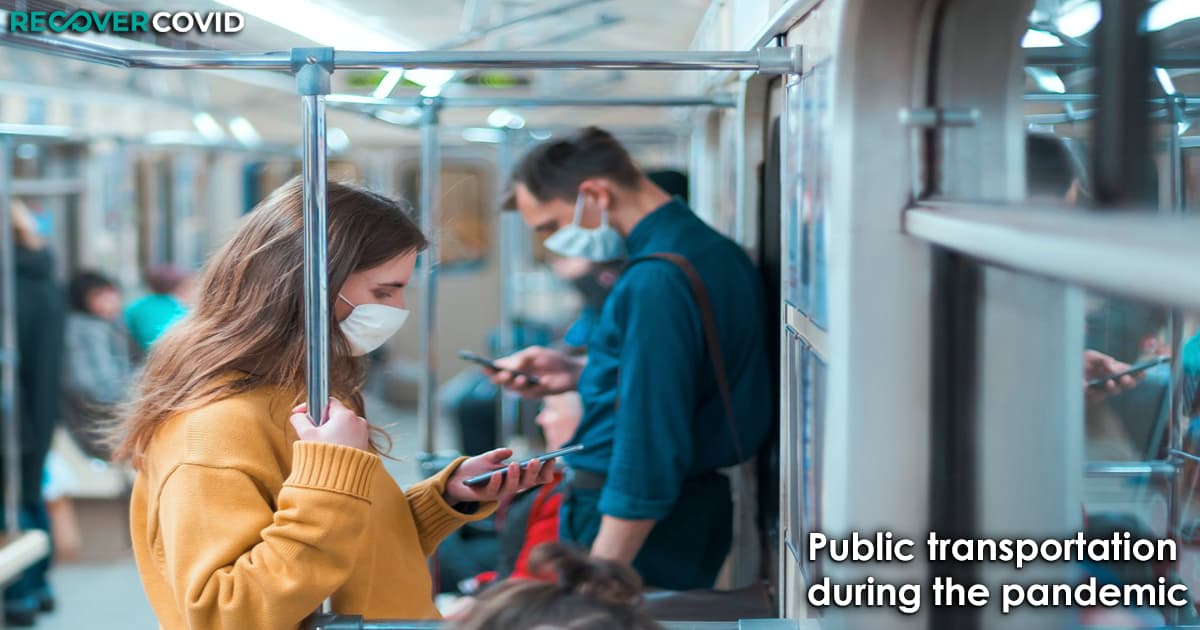Social Distance Whenever Possible
For longer trips, you may need to take a train, bus, or plane. In these circumstances, social distancing is your best tool to protect yourself during travel, in any vehicle where it’s possible. For example, before boarding a car, see if there’s a spot where you can be furthest from others. Although the air might circulate, you have a reduced risk of encountering direct droplets from others if you remain 6 feet apart. However, if you cannot do so, like in a packed subway or bus, any amount of distance you can create is better.
